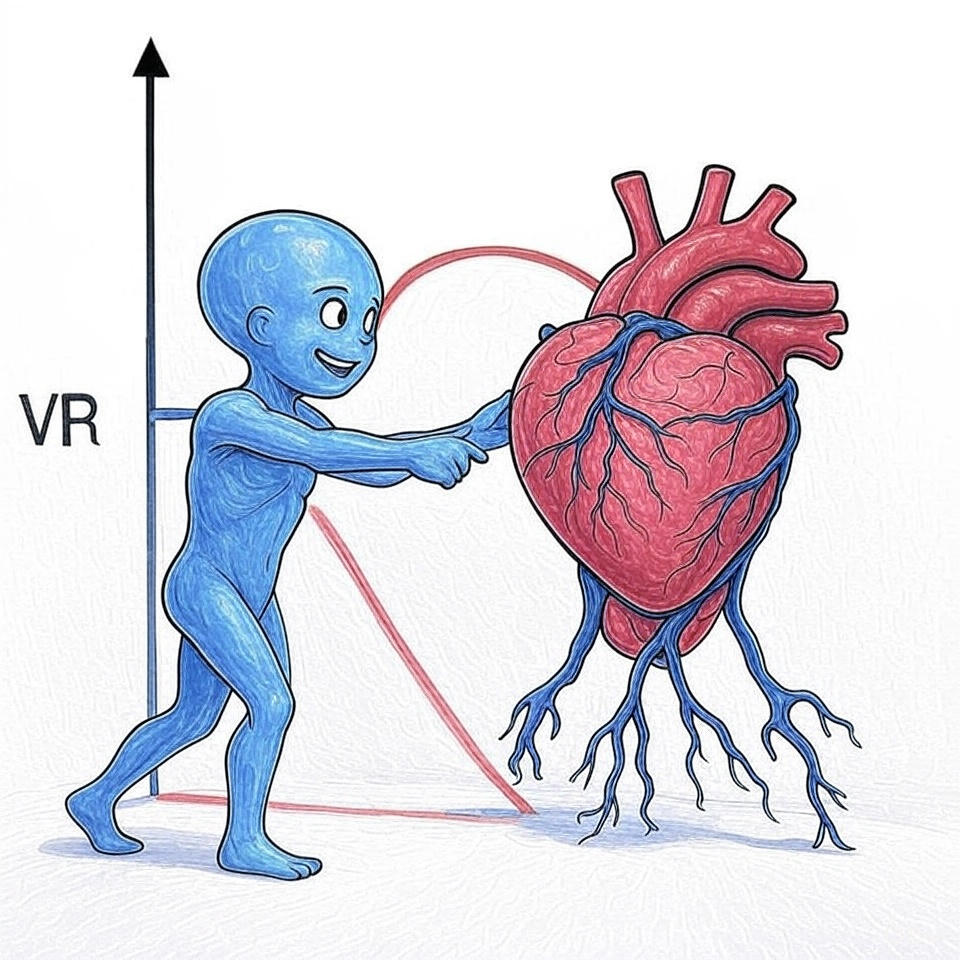Post holiday season, @ICUltrasonica, @wilkinsonjonny & I are back to take you through the most most critical clinical questions on #haemodynamics that ultrasound can answer
We’re now on to question 3 of FUSIC HD
’Is the aorta abnormal?’
#FUSIC #echofirst #POCUS #FOAMus
We’re now on to question 3 of FUSIC HD
’Is the aorta abnormal?’
#FUSIC #echofirst #POCUS #FOAMus

Aortic dissection is easily missed, carries a high mortality and should be on the differential of any patient with shock, abdo pain or chest pain. Contrary to popular belief the entire aorta can be imaged via transthoracic and abdominal ultrasound. Let’s start with some anatomy 

Asc aorta:
Visualised from PLAX view with depth ⬇️ & probe tilted to focus on the root. Tilting superiorly, or moving up a rib space, may help. Examine the AV and look for a dissection flap. Measure the diameter 3-4cm from the AV. The root can also be seen from A5C & A3C views
Visualised from PLAX view with depth ⬇️ & probe tilted to focus on the root. Tilting superiorly, or moving up a rib space, may help. Examine the AV and look for a dissection flap. Measure the diameter 3-4cm from the AV. The root can also be seen from A5C & A3C views

Aortic arch:
Place the probe in the supra-sternal notch with the marker directed to 1 o’clock. Angle down to cut through a line between the right nipple and tip of left scapula.
Place the probe in the supra-sternal notch with the marker directed to 1 o’clock. Angle down to cut through a line between the right nipple and tip of left scapula.

Thoracic aorta:
From the PSAX view at MV level, tilting anteriorly and rotating anticlockwise will modify the view for the descending aorta.
From the PSAX view at MV level, tilting anteriorly and rotating anticlockwise will modify the view for the descending aorta.

It can also be visualised from a between a traditional A2C/A3C view (which we call the ‘apical 2.5’). Centre the descending aorta in the A4C view and rotate anticlockwise until probe cephalad/caudad in line with the aorta. Shout out to @sharonmkay for showing us these aorta views 

Abdominal aorta:
Examine the aorta between the xiphisternum and umbilicus in long and short axis. (Bowel gas can get in the way)

Examine the aorta between the xiphisternum and umbilicus in long and short axis. (Bowel gas can get in the way)


Dissection features:
1. DILATATION
The anatomy cartoon above includes normal measurements. As a rule of thumb if the aorta is >4cm 3-4cm from the aortic valve then it is dilated. The aorta narrows as it continues & the descending aorta should not be >3cm.
Dilated root + flap:
1. DILATATION
The anatomy cartoon above includes normal measurements. As a rule of thumb if the aorta is >4cm 3-4cm from the aortic valve then it is dilated. The aorta narrows as it continues & the descending aorta should not be >3cm.
Dilated root + flap:

2. DISSECTION FLAP
An intimal flap separates the true and false lumen which appears as a mobile linear structure moving independently of surrounding structures (in contrast to an artefact). Colour Doppler will demonstrate different flow patterns in the true and false lumens.
An intimal flap separates the true and false lumen which appears as a mobile linear structure moving independently of surrounding structures (in contrast to an artefact). Colour Doppler will demonstrate different flow patterns in the true and false lumens.
Dilatation and flap in A5C view
Flap seen in suprasternal view
3. Proximal involvement/extension.
This can disrupt the pericardium causing a pericardial effusion/tamponade, the aortic valve causing acute AR and the sinuses of valsalva (where the coronary arteries originate) causing ischaemia. See 2. dissection image above and note the LV fx
This can disrupt the pericardium causing a pericardial effusion/tamponade, the aortic valve causing acute AR and the sinuses of valsalva (where the coronary arteries originate) causing ischaemia. See 2. dissection image above and note the LV fx
A FUSIC HD practitioner should regard thoracic aortic dissection as a rule-in, not rule-out, diagnosis. If suspected its associated features should be looked for. And vice versa. Have a low threshold for further imaging with CT or TOE.
oA FUSIC HD practitioner should regard h
oA FUSIC HD practitioner should regard h
Abdominal aorta
The AA should be examined between the xiphisternum and umbilicus in long and short axis. This will image it from the diaphragm to the iliac branches. It lies on the left hand side of the the IVC anterior to the spine. See pictures above
The AA should be examined between the xiphisternum and umbilicus in long and short axis. This will image it from the diaphragm to the iliac branches. It lies on the left hand side of the the IVC anterior to the spine. See pictures above
Most AAAs are infra-renal. US dilatation of the AA has high sensitivity so rupture can be ruled out. Ruling in is more challenging. US signs include aneurysm, thrombus, para-aortic collection and free abdominal fluid. Further evaluation with CT is required if clinically suspected
Guidelines for performing a complete haemodynamic exam can be found here bit.ly/3gxUvHh
Read the FUSIC HD paper here doi.org/10.1177%2F1751…
Thanks for reading. Our next question is all about valve disease. Stay tuned!
4. Forgot to add a pic of AR in dissection
• • •
Missing some Tweet in this thread? You can try to
force a refresh






